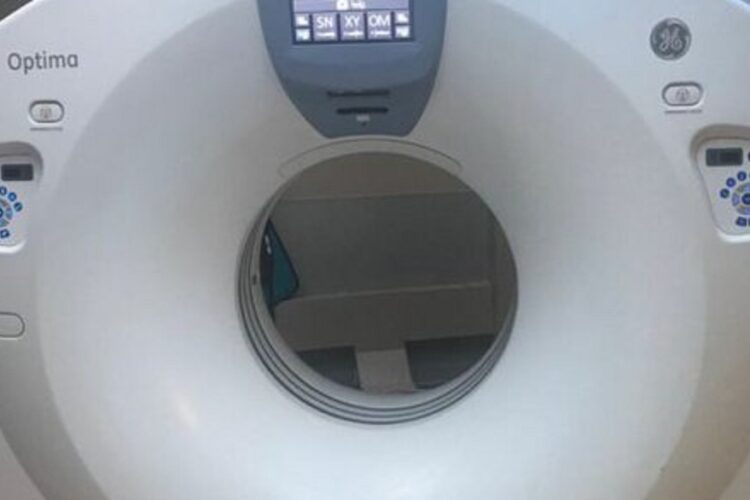Fixing the basic weakness isn’t direct and accompanies its own dangers.
Many radiology items from GE Healthcare contain a basic weakness that compromises the organizations of medical clinics and other wellbeing suppliers that utilization the gadgets, authorities from the US government and a private security firm said on Tuesday.
The gadgets—utilized for CT checks, MRIs, X-Rays, mammograms, ultrasounds, and positron discharge tomography—utilize a default secret word to get standard upkeep. The passwords are accessible to any individual who knows where on the Internet to look. An absence of appropriate access limitations permits the gadgets to associate with pernicious workers as opposed to just those assigned by GE Healthcare.
Assailants can misuse these inadequacies by manhandling the support conventions to get to the gadgets. From that point, the aggressors can execute pernicious code or see or change understanding information put away on the gadget or the medical clinic or medical services supplier workers.
Disturbing issues, clients can’t fix the weakness themselves. All things considered, they should demand that the GE Healthcare uphold group change the accreditations. Clients who don’t make such a solicitation will keep on depending on the default secret phrase. In the long run, the gadget producer will give patches and extra data.
The defect has a CVSS seriousness rating of 9.8 out of 10 as a result of the effect of the weakness joined without any difficulty of abusing it. Security firm CyberMDX found the weakness and secretly revealed it to the maker in May. The US Cyber Security and Infrastructure Security Agency is prompting influenced medical services suppliers to make relief strides as quickly as time permits.
In an articulation, GE Healthcare authorities composed:
We are not aware of any unauthorized access to data or incident where this potential vulnerability has been exploited in a clinical situation. We have conducted a full risk assessment and concluded that there is no patient safety concern. Maintaining the safety, quality, and security of our devices is our highest priority.
We are providing on-site assistance to ensure credentials are changed properly and confirm proper configuration of the product firewall. Additionally, we are advising the facilities where these devices are located to follow network management and security best practices.
Influenced gadgets include:
- Bit of leeway Workstation and Server
- Optima
- Innova
- LightSpeed Pro 16
- LightSpeed RT 16
- BrightSpeed, Discovery and Optima
- Upheaval EVO
- Unrest Frontier
- Disclosure IQ
- Odyssey
- Disclosure
- Xeleris
- SIGNA HD/HDxT 3.0T
- Bravo 355/Optima 360
- Seno 2000D, DS, Essential
- Senographe Pristina
- Definium, Brivo, and Discovery
- Logiq
- Voluson
The gadgets contain a coordinated PC that runs a Unix-based working framework. Exclusive programming that sudden spikes in demand for top of the OS perform different administration errands, including support and updates performed by GE Healthcare over the Internet. The upkeep requires the machines to have different administrations turned on and Internet ports open. Administrations and ports include:
- FTP (port 21)— utilized by the methodology to acquire executable documents from the upkeep worker
- SSH (port 22)
- Telnet (port 23)— utilized by the support worker to run shell orders on the gadget.
- REXEC (port 512)— utilized by the support worker to run shell orders on the gadget.
CyberMDX said gadget clients should actualize network arrangements that confine the ports to listening mode just for gadget associations.

Grant is an author and public speaker. He graduated with a dual degree in Business Administration and Creative Writing. He has worked as a marketing manager for tech firm.He has written over 250 extensive articles for different news sources.
Disclaimer: The views, suggestions, and opinions expressed here are the sole responsibility of the experts. No Daily Michigan News journalist was involved in the writing and production of this article.
